Burbank, Calif.—August 13, 2018
Data driven overlay graphics are ubiquitous in live television. The elements that are known in the broadcast world as lower thirds, over-the-shoulders, tickers and bugs have been sharing screen space with live video on sports and news broadcasts for well over 20 years. While some content creators and publishers have managed to integrate a few of these graphical overlays into their streaming-only productions, the results have been lackluster at best.
A poor imitation of broadcast with limited options, inferior production value and none of the interactivity and personalization that mobile or web viewers were promised years ago. More commonly, live OTT content from major publishers is simply the same television broadcast production but delivered to a different screen. To generalize, live OTT productions can be grouped into two categories when it comes to overlay graphics. Small, digital-only content that is created specifically for OTT delivery and broadcast television productions which simulcast certain content to digital platforms. In the former, you generally have few if any graphic overlays and the production value is subpar. In the latter, the viewer gets the exact same graphics which are burned into the video feed during production – the same experience as the television viewer. Less than ideal in either case.
But why aren’t unique overlay graphics more common in live streaming productions? A little history first. Data-driven animations have always been costly and complex to do well in a live broadcast environment. Companies like Vizrt, Chryon Hego and Ross (XPression) provide powerful graphics systems that are used to create many of the animating information graphics you’re accustomed to seeing in broadcast. From Super Bowls and CNN to local news affiliates, most of these productions are powered by traditional broadcast graphics systems. While robust and reliable – in other words perfect for live television production – these systems are also expensive, require on-prem hardware/software and have a steep learning curve. In other words, inappropriate for many streaming productions. Ultimately, live OTT productions demand distinct graphic production tools, not systems that were created for broadcast.
Strangely, with the continual advancements in streaming video quality, comparatively little has changed in the web video production space – at least in terms of overlay graphics. OTT viewers either get the same graphics as the television feed (which are frequently too small to read on their tablet, desktop or mobile device) or they get no graphics at all. Where is the interactivity, customization and personalization that the web already makes possible?
The good news is that low latency streaming has enabled new HTML overlay tools that not only give web video productions a similar feature set to traditional live broadcast productions, but even surpass them in terms of enhanced monetization possibilities. The same live overlay elements that you see on television are now available to web-based video productions but unlike broadcast, these elements can be interactive and personalized. HTML platforms like Singular.live allow content creators to add dynamic, client side overlays that compliment their live video by enhancing production value, engaging viewers and ultimately keep them watching longer. And because these native web overlay platforms don’t require custom hardware, software or specialized expertise to operate, the costs are minimal.
With client side HTML rendering, there are more monetization opportunities as viewers watch longer, are more engaged and can be targeted with specific information. A win win, and potentially a big point of differentiation between traditional linear television and video content delivered via the web.
###
